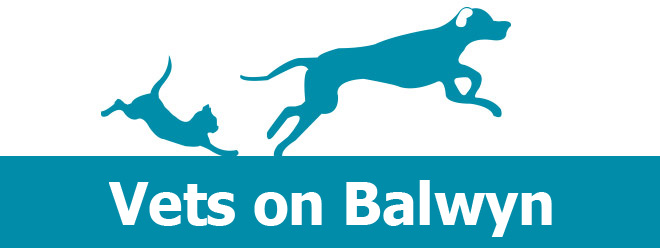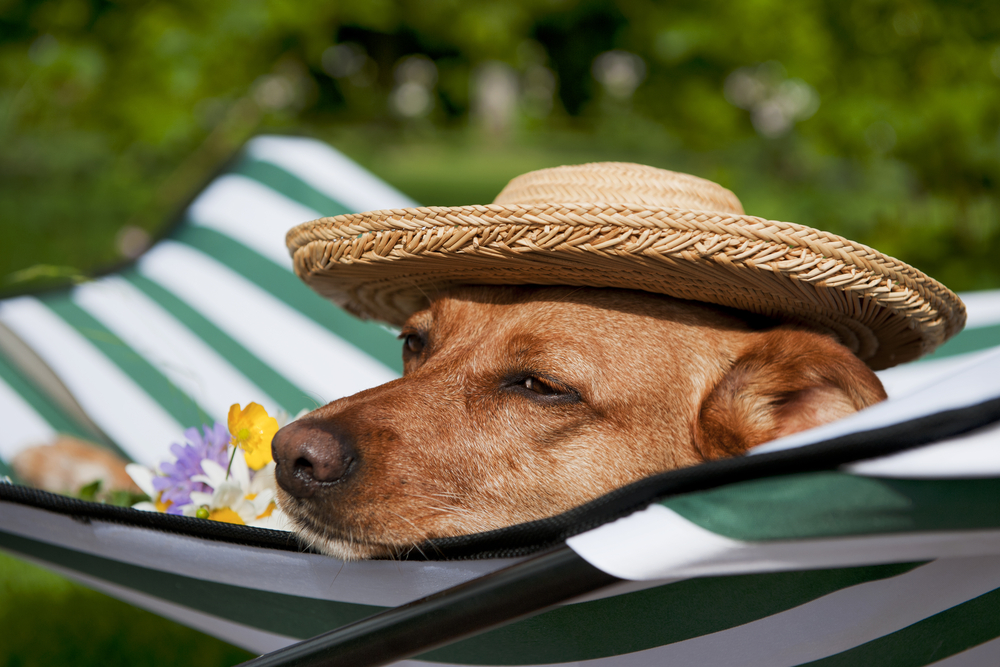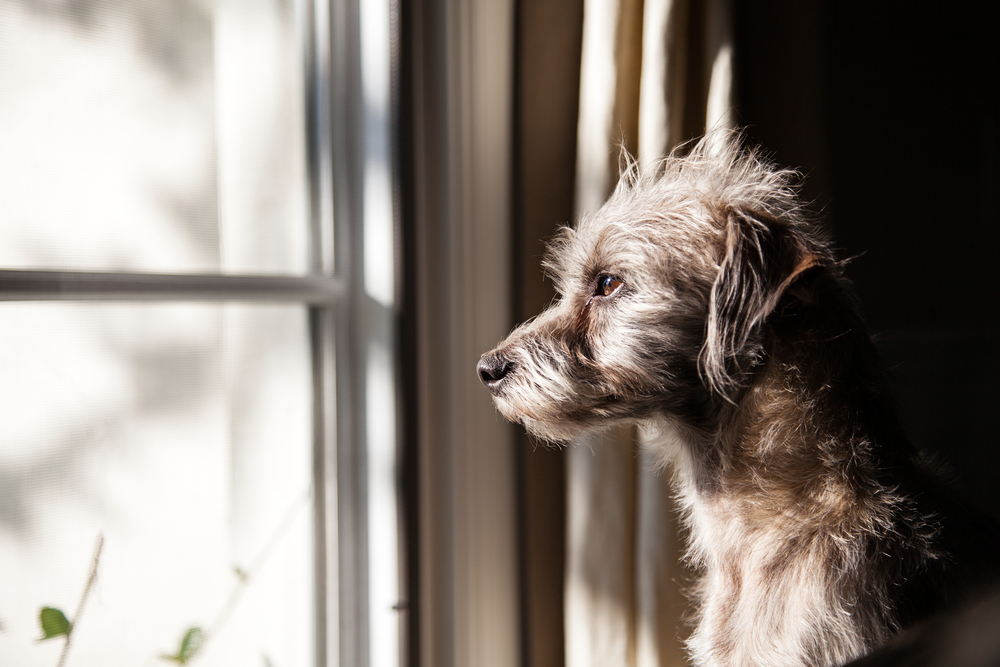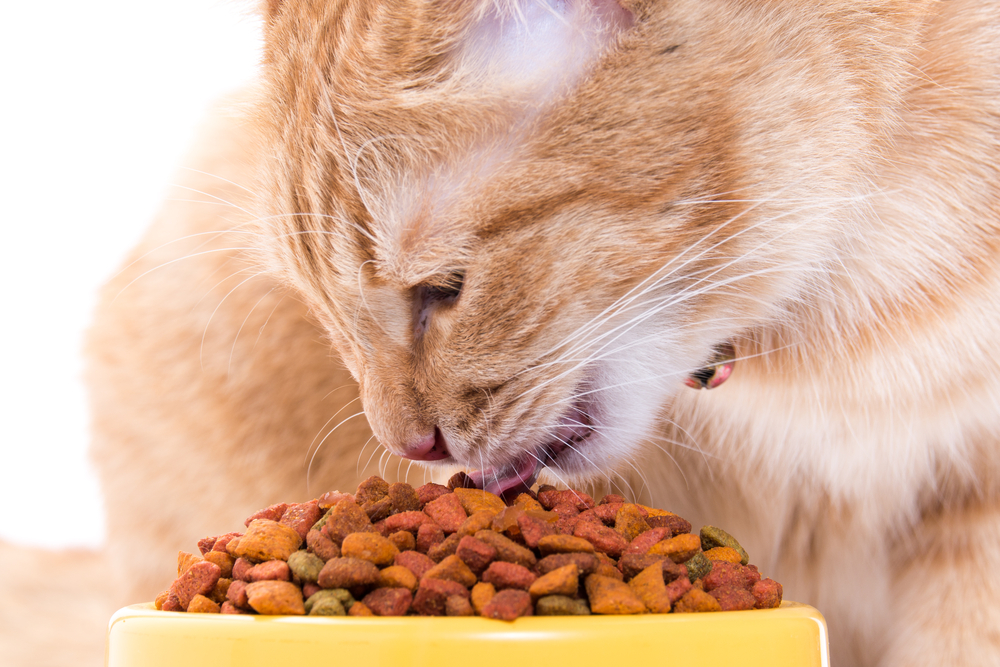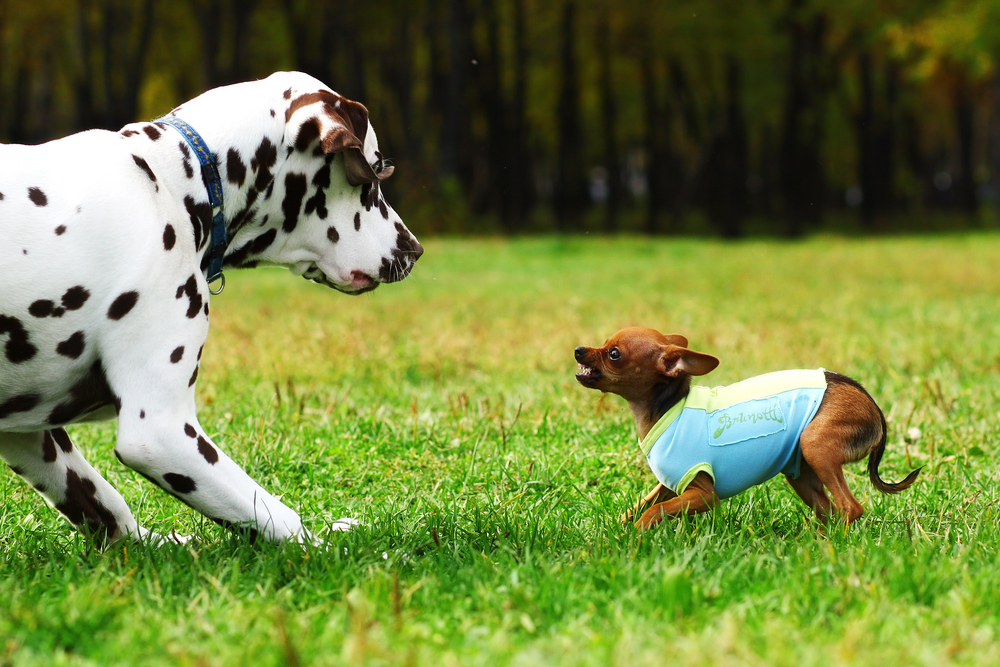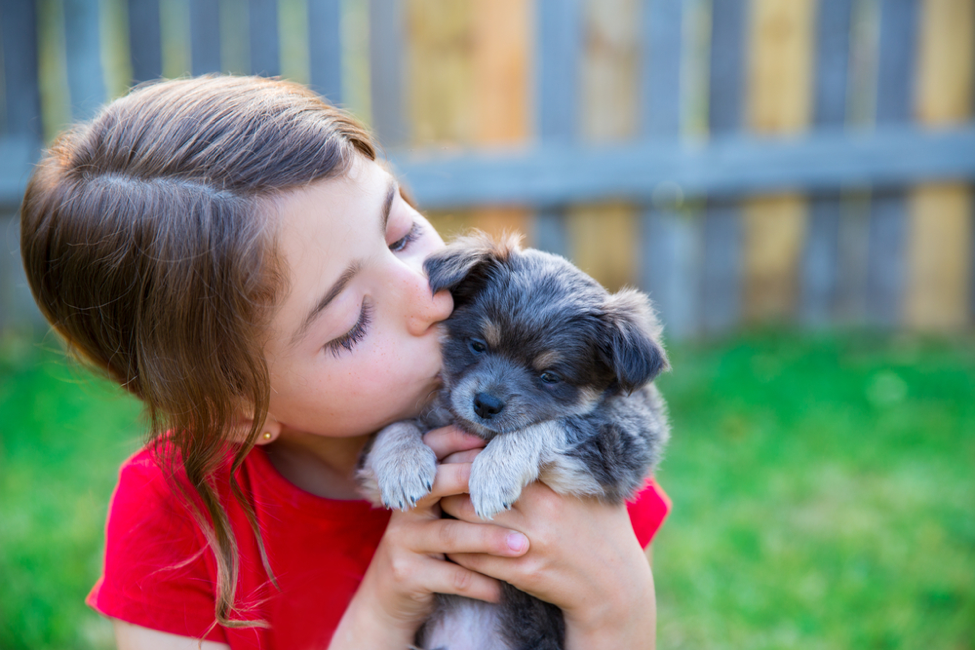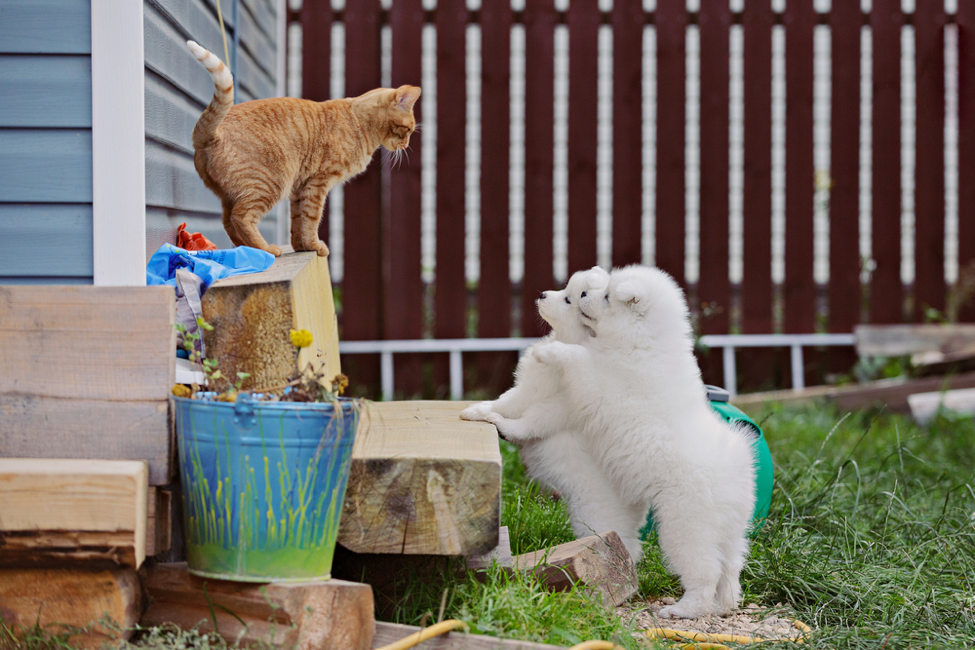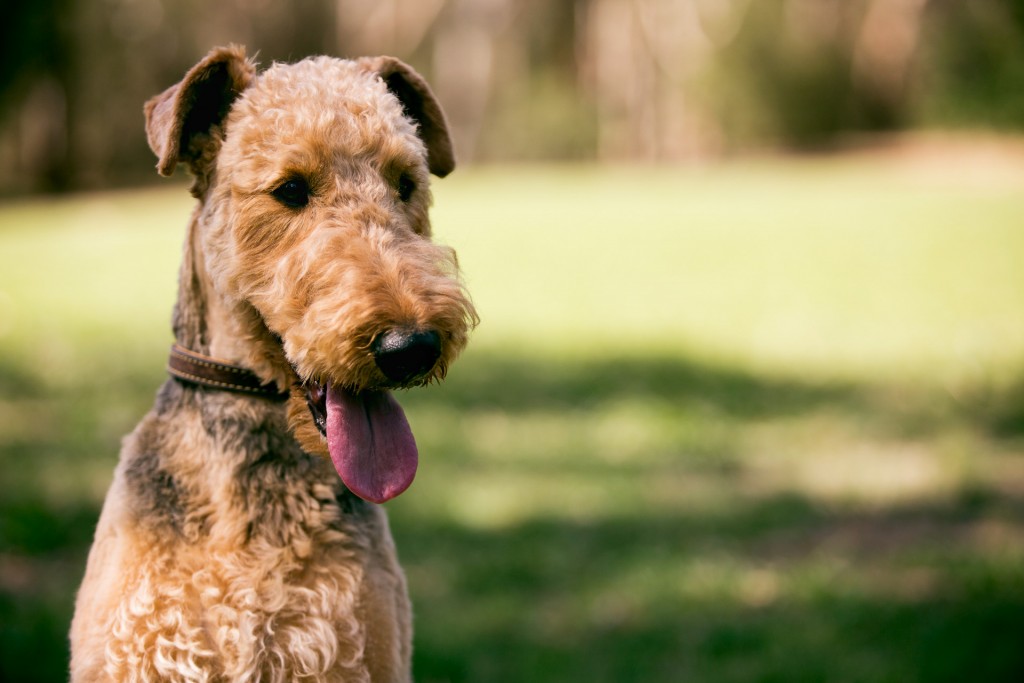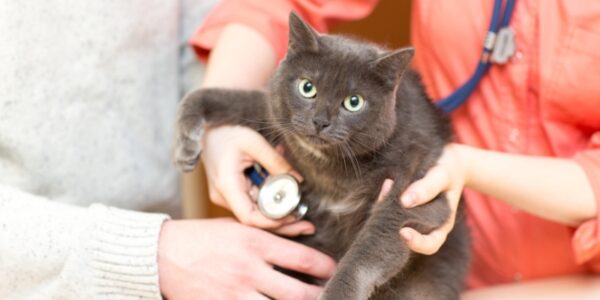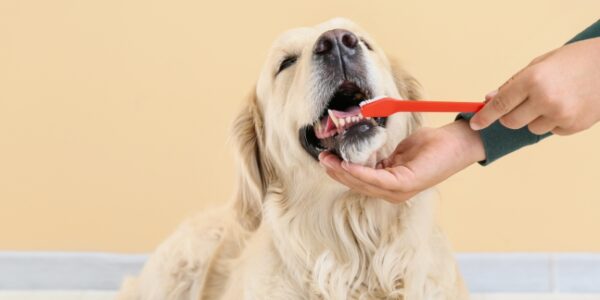During summer, most of our pet patients visit our East Kew veterinary clinic because they have been overexposed to the harsh sun. In this blog, we are explaining the different health consequences that this exposu...
Read More
Category: Puppies
-

-
 Separation anxiety is a common psychological condition which pets can suffer from when separated from their owner. Both cats and dogs can suffer from separation anxiety and it can manifest at any time over the co...
Separation anxiety is a common psychological condition which pets can suffer from when separated from their owner. Both cats and dogs can suffer from separation anxiety and it can manifest at any time over the co...
Read More -
 As a pet owner, it is imperative to know what kinds of foods are appropriate for your cat or dog. Whether you should feed your pet wet or dry food has been hotly debated among the pet community for quite some tim...
As a pet owner, it is imperative to know what kinds of foods are appropriate for your cat or dog. Whether you should feed your pet wet or dry food has been hotly debated among the pet community for quite some tim...
Read More -
 The dog park can be a great way to allow your pet to have some physical and mental stimulation away from home, as well as meeting other dog owners. However, there are some basic rules you should be aware of. Know...
The dog park can be a great way to allow your pet to have some physical and mental stimulation away from home, as well as meeting other dog owners. However, there are some basic rules you should be aware of. Know...
Read More -
 Introducing a furry friend into your home can be an incredibly exciting time, but it’s important that you make an informed decision about the right pet for your family. Among other factors, your family size, hous...
Introducing a furry friend into your home can be an incredibly exciting time, but it’s important that you make an informed decision about the right pet for your family. Among other factors, your family size, hous...
Read More -
 The age-old battle between the animal kingdom’s greatest ‘enemies’ has been exaggerated in pop culture but has never actually been scientifically proven . Nonetheless, introducing a new puppy to your household if...
The age-old battle between the animal kingdom’s greatest ‘enemies’ has been exaggerated in pop culture but has never actually been scientifically proven . Nonetheless, introducing a new puppy to your household if...
Read More -
 We all love a treat over Christmas, but making sure your pet has the right ones is important. It's normal to go a bit over the top with food over the festive period, but whist you're being merry it's important to...
We all love a treat over Christmas, but making sure your pet has the right ones is important. It's normal to go a bit over the top with food over the festive period, but whist you're being merry it's important to...
Read More
